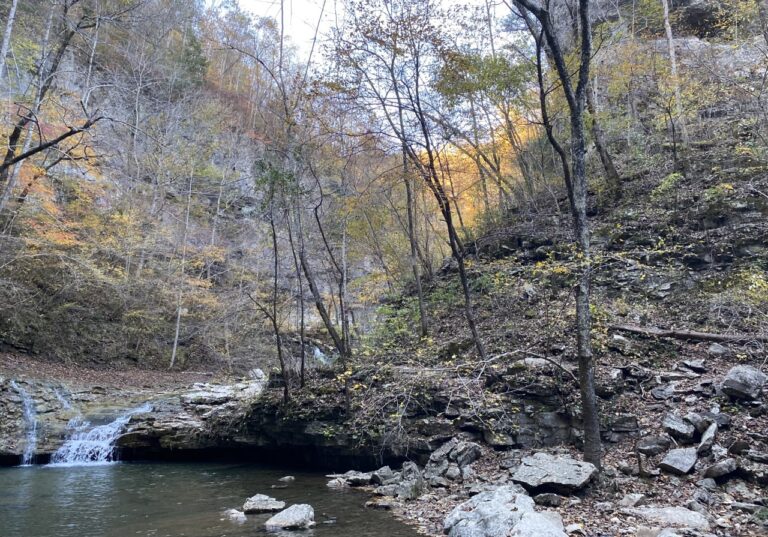A million species could go extinct by the end of the century. With your help, we will leave no species behind.
©2024, E.O. WILSON BIODIVERSITY FOUNDATION, HALF-EARTH PROJECT and HALF-EARTH DAY are registered trademarks of the E.O. Wilson Biodiversity Foundation, Inc. ALL RIGHTS RESERVED. EIN: 20-4547380




